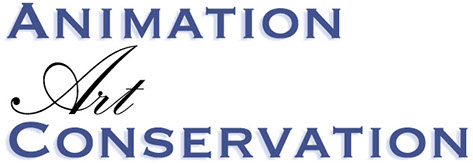
COPYRIGHTS AND RESTRICTIONS AND CONDITIONS OF THIS WEBSITE
Graham G. Maiden, whose credits include Mars Attacks and Chicken Run, was the Puppet Fabrication Supervisor at Three Mills, the east end London facility set up exclusively for Tim Burton's Corpse Bride. Maiden's job was to take the Corpse Bride puppets, the bulk of which were manufactured by world renowned puppet builders Mackinnon & Saunders, and supervise how they were used during the on-site production. This included altering the puppets, making repairs and the manufacture of secondary background puppets.
In late July 2005, shortly before the film shut down its production, Graham spoke about the craft of Corpse Bride's stop motion animation puppets.
What was the process like taking Tim’s concept character drawings and turning them into three dimensional articulated puppets?
Graham G. Maiden:
I first knew about Corpse Bride back in ‘96. Tim had this concept sculpture of the Corpse Bride which, although the end design is very different from Tim’s first sculpture, had the essence of what Tim created. It’s beautiful and scary at the same time. That is a bizarre thing because you’d imagine a rotting woman to be repulsive, but it’s not.
A company called MacKinnon & Saunders did a majority of the early development work. They had a team of sculptors. For each character there is a maquette made, samples of fabrics and samples of color were provided. It is in this stage where they work out the size of the head and the amount of expression they want within each character. Tim Burton and Mike Johnson would visit as frequently as they could to check on the development of each sculpt.
Where there any aspects inherent in Tim’s concept art that presented challenges to translating them into 3D puppets?
Graham G. Maiden:
One of the main challenges with many of Tim’s designs, particularly with creating puppets, is maintaining the angles he uses when he designs because he likes them really tall and lean with tiny, tiny feet. We resolved a lot of those problems by consulting Merrick Cheney. He’s an armature maker based in San Francisco who worked on Nightmare Before Christmas and James and the Giant Peach. He worked with Tom St. Amand who is also a superb armature maker.
All the puppets have an extremely graphic look -- particularly in the Land of the Living where they’re very stylized and very monochrome in color, whereas in the Land of the Dead we have more vibrant colors, quite wild and wacky styles. They’re all simply Tim’s designs brought to life.
Sculpts made to create the forms for Victoria's skirt and Victor's suit.
Two of the puppet armatures used during the production of Corpse Bride.
Two artists using silicone and fabric create the skirt for Corpse Bride (top). The finished Corpse Bride skirt and puppet (bottom left) and a frame of Corpse Bride as seen in the film (bottom right).
Silicone was used to create the skin of Victor's head. When dry, the silicone is trimmed and painted.
We couldn’t do individual sculpts for the clothes of some of characters, like the zombies in particular, because we had so many of them. What we ended up doing was either lining fabric with a foam sheet or actually backing the foam with a woven copper wire mesh the thickness of a human hair, which we heated up to make the metal softer and then adhered it to fabric. This way the animator could actually animate it. The fabric we used mainly was imported Chinese silk because it has no pile; no texture that could crawl or move or look awkward while being animated.
Everything was hand dyed so you couldn’t just go to the shop and buy this particular color of fabric. We had a very particular color palette that our art director Nelson Lowry was very keen on using.
Was there any puppet whose costume was particularly challenging?
Graham G. Maiden:
The skirt for Corpse Bride herself was quite a challenge because again, we needed to have a continuity of shape. There were 14 individual puppets of Corpse Bride that had to match up exactly the same. So a sculpture was done of the skirt that was later molded. Silicone was sprayed onto the shape and fabric applied on top.
Each skirt was individually wired or weighted depending on what the shot was like and which animator was using her. Some animators might just have the front two slits in the dress wired and weights in the back, while some animators wanted to have her completely wired or completely weighted. We found that as the script developed and as the animators got more and more involved, we had to adapt the designs to allow for greater animation.
How were the puppet armatures made and how were the expressions within the characters' faces and the dexterity in their hands achieved?
Graham G. Maiden:
The armatures are where Merrick Cheney came in. Merrick worked on Nightmare Before Christmas, so he dealt with these type of problems before with Jack Skellington. He has quite a unique way of making an armature, the actual angle and knee have to be extremely strong. Merrick has a copyright on that, so I don't know exactly how he does it.
Another real challenge for us was creating devices to put expressions in the puppets. The designs for these are extremely intricate. We used a mechanical approach which involved putting a gearing system in the smallest size head possible, otherwise, the larger the head the larger the puppet; the larger the puppet the larger the set. The approximate height of all the puppets we ended up using was around 17 - 18 inches. So you can imagine even at this size that the sets are enormous and extremely detailed.
We managed to get a gearing system the size of a small orange and have it accessible through the back of the head. Paddles and strings with fixing points within the skin were attached to the gearing system. This allowed us to manipulate the puppet’s expressions. The puppet of Victoria, for example, has a hole in her bow in her hair and also in her ears, as does Corpse Bride and Victor. You access the gearing system with an Allen key and turn the gears that open and close her mouth, that way they can make her smile or pout. The heads also have paddles in them to make the eyebrow raise or fall so they can either look surprised, angry or serious.
The hands are all silicone with a wire armature inside again with a paddle with a hole in it over the palm that is capped. It has got a little thread in it so that when the puppet holds a prop we can actually secure the prop very securely to the hand so it won’t jiggle around while being animated.
As for the feet, they’ve got tie downs in them, which basically means that there is a hole where the toes would be and then there is a hinge, like on a door, and another hole by the heel or the center of the foot. We can drill through the sets and use a tie down, basically a threaded bar which can thread up through the set into the foot of the puppet holding him extremely well.
One of the characters is Scraps, he is Victor’s dead dog in skeleton form and he has tiny, tiny feet. They were too small to support his weight. For him, there was always a rig that had to be magically removed once the filming was finished by the effects people.
One of the most unexpected things we bumped into was with Victor. We had these fantastic armatures made for him and all the costumes made and we found out that he could not actually touch his nose or his head with the arms that we had so we went to a very crude way of making the arms with a traditional ball and socket joint. We had to lengthen all his arms and then lengthen all his jackets.
Were there any specific challenges to creating any of the characters’ hair, eyes or skin?
Graham G. Maiden:
Yes, definitely. With Corpse Bride, her hair was quite a problem for us. All the puppets have to look the same, and yet she’s got quite wild messy hair that also has to animate. What we did was use a combination of a brass skullcap that had wires that were attached to foam that was baked over it. Over this mohair was impregnated with silicone. We individually looped and curled the hair with the silicone and glued that into the head. We didn’t want any crawl to occur during animation, you know, anything moving around that we didn’t intend.
With the eyes, the biggest problem was the blinking. The technique that was developed proved to be extremely expensive for the lead characters, particularly Corpse Bride and Victoria. Their eyes were actually cast brass sub-shells with a strip of eyelashes sewn on to this brass shape.
For the other characters, even Victor, we used back form plastic over a preformed shapes making a set of eyes to complete a blinking sequence. What we found was that we had made sets which we thought would be fine when animated but as we went along we realized that we needed them to do more. So we added additional sections to each blink. You can have up to seven, eight, maybe nine sections per blink if you want them done really, really slow. If it was a quick blink, you could really get away with four, or three even.
Concept art created by Tim Burton, Bonejangles (left) and the Cooks and Boots the Dog (right).
Tim Burton reviewing the maquettes at Mackinnon & Saunders.
Concept art by Carlos Grangel of Johnny Depp's character Victor (two figures to the left) was an early part of the process used at Mackinnon & Saunders to faithfully transform Tim Burton's character designs into 3D maquettes (seen on the far right) and later into 3D articulated puppets.
The graphic quality within Tim's designs factored into the costumes as well. You couldn’t have anything too realistic looking. So a majority of the puppets and their clothes have foam forms.
A jacket would be sculpted like somebody was wearing it, made to look like the clothes the figure was wearing fell in a static shape. A core was created representing that shape, then a mold, and finally the shape of the jacket gets covered with fabric. This also applies to the skirts for the women.
Although it looks really graphic and beautiful, it does cause limitations on movement. So we had to remake or redesign a lot of the costumes just purely so they could animate with greater ease.
Carlos Grangel's Concept Art of Bone Structure Studies and Proportions created for Bonejangles (above), a Bonejangles Maquette (bottom left) and articulated puppet animation featuring Bonejangles and a chorus of Skeleton dancers as seen in the finished film (bottom right).
Tim Burton's Corpse Bride opens wide in the US on September 23, 2005
The majority of the skin on the puppets is made from silicone and foam that is painted later. First, the head is baked in foam, then trimmed back, and cast again in silicone. Silicone gives it a smoother look and it’s also a lot more durable. If we just went with foam that would crease and the paint would come away. Silicone actually makes the skin last much longer and is easier to maintain. It also looks a lot cleaner which lends the whole graphic look Tim was going for.
For a puppet, like the one of the Corpse Bride, how many would be made so you had enough puppets for the entire production?
Graham G. Maiden:
We made fourteen of her. It sounds outrageous but we actually did because some shots we shoot we only saw her legs and sometimes we only saw her upper torso. We literally cut her in half. We could have done with more to be honest with you. We had twelve Victors and twelve Victorias. The majority of the characters we thought we could get maybe two of, but we ended up getting a lot more of them.
There is a character called Barkis and in the first few scripts he wasn’t much of a character but he eventually became more and more, so we ended up making seven of him when originally it was meant to be five. We made seven because he became such a strong character.
How long does it take to make a puppet?
Graham G. Maiden:
The full time professional work on them took over three years taking it from maquette through puppet. Even when we started shooting we thought we had the finished Corpse Bride, but we found you still had to make little tweaks as you go along. So I would say a minimum of eighteen months to two years for something of this because the standard is really very high.
How long was your involvement with the production?
Graham G. Maiden:
I’ve actually been involved with it for nearly two years. And I’ve still got a few things to do on it at the moment. I’ve got the presentation presents, and a few puppets that need fixing up to be given away to various stars and directors.
AN INTERVIEW WITH GRAHAM G. MAIDEN,
PUPPET FABRICATION SUPERVISOR ON
FROM CONCEPT ART TO FINISHED PUPPETS
© 2005 Ron Barbagallo
Graham G. Maiden at work creating the 3D head of puppet Barkis Bittern, a dubious distant relative of Victoria and one of the nasty guys featured in Tim Burton's Corpse Bride.
Photograph taken by Mark Miller.
All images are © Warner Bros. ALL RIGHTS RESERVED.
The author would like to thank Graham G. Maiden, Mark Miller, Gina Soliz, Jess Garcia and Dave Koch for their help.
This article and interview is owned by © Ron Barbagallo.
ALL RIGHTS RESERVED. You may not quote or copy from this article without written permission.
YOUR USE OF THIS WEBSITE IMPLIES YOU HAVE READ AND AGREE TO THE "COPYRIGHT AND RESTRICTIONS/TERMS AND CONDITIONS" OF THIS WEBSITE DETAILED IN THE LINK BELOW:
LEGAL COPYRIGHTS AND RESTRICTIONS / TERMS AND CONDITIONS OF USE
INSTRUCTIONS ON HOW TO QUOTE FROM THE WRITING ON THIS WEBSITE CAN BE FOUND AT THIS LINK.
PLEASE DO NOT COPY THE JPEGS IN ANY FORM OR COPY ANY LINKS TO MY HOST PROVIDER. ANY THEFTS OF ART DETECTED VIA MY HOST PROVIDER WILL BE REPORTED TO THE WALT DISNEY COMPANY, WARNER BROS. OR OTHER LICENSING DEPARTMENTS.
ARTICLES ON AESTHETICS IN ANIMATION
BY RON BARBAGALLO:
The Art of Making Pixar's Ratatouille is revealed by way of an introductory article followed by interviews with production designer Harley Jessup, director of photography/lighting Sharon Calahan and the film's writer/director Brad Bird.
Design with a Purpose, an interview with Ralph Eggleston uses production art from Wall-E to illustrate the production design of Pixar's cautionary tale of a robot on a futuristic Earth.
Shedding Light on the Little Matchgirl traces the path director Roger Allers and the Disney Studio took in adapting the Hans Christian Andersen story to animation.
The Destiny of Dalí's Destino, in 1946, Walt Disney invited Salvador Dalí to create an animated short based upon his surrealist art. This writing illustrates how this short got started and tells the story of the film's aesthetic.
A Blade Of Grass is a tour through the aesthetics of 2D background painting at the Disney Studio from 1928 through 1942.
Lorenzo, director / production designer Mike Gabriel created a visual tour de force in this Academy Award® nominated Disney short. This article chronicles how the short was made and includes an interview with Mike Gabriel.
Tim Burton's Corpse Bride, an interview with Graham G. Maiden's narrates the process involved with taking Tim Burton's concept art and translating Tim's sketches and paintings into fully articulated stop motion puppets.
Wallace & Gromit: The Curse Of The Were-Rabbit, in an interview exclusive to this web site, Nick Park speaks about his influences, on how he uses drawing to tell a story and tells us what it was like to bring Wallace and Gromit to the big screen.
For a complete list of PUBLISHED WORK AND WRITINGS by Ron Barbagallo,
click on the link above and scroll down.
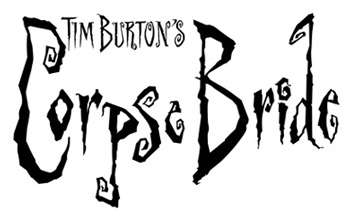
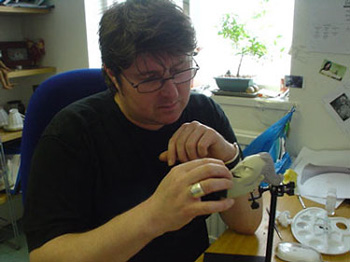
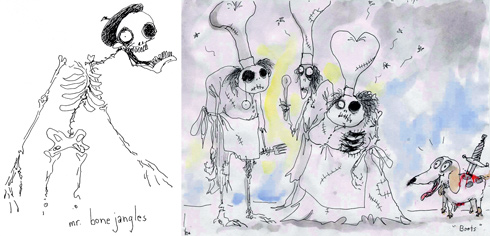
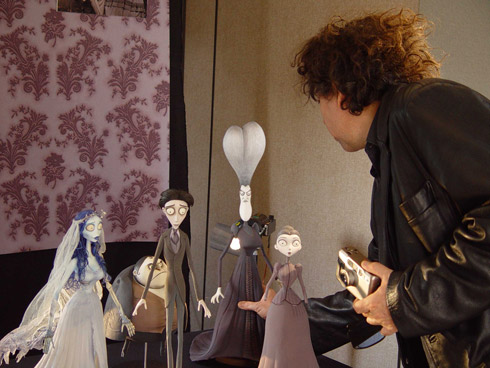
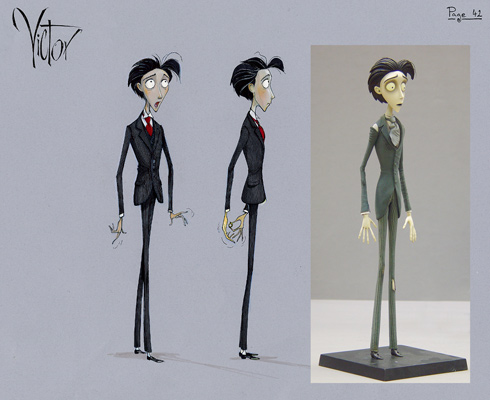

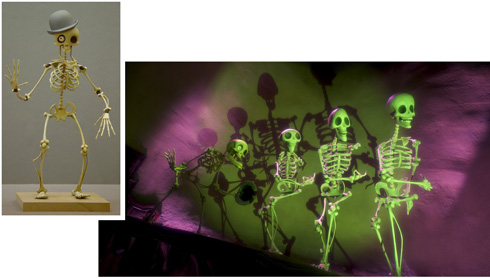
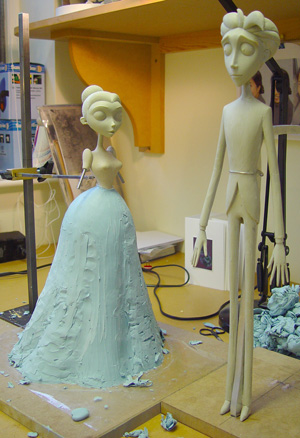
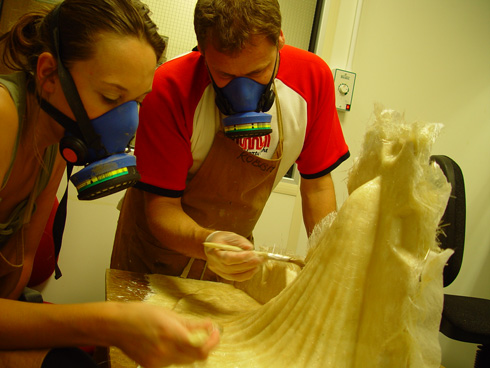
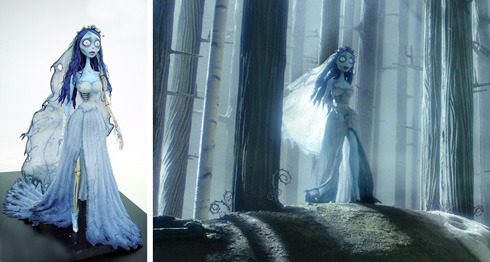
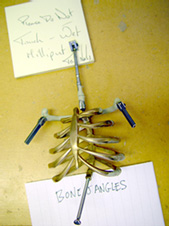
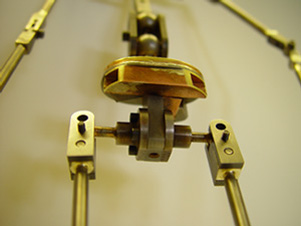
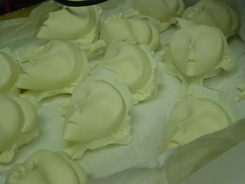
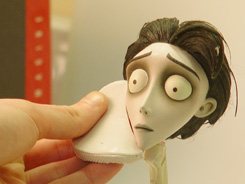
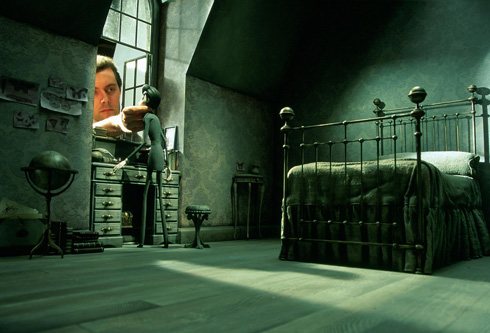

INDEX OF SERVICES
The Ethical Method of Repair
The Attention is in the Details
the Lost and FOUND series
RON BARBAGALLO: